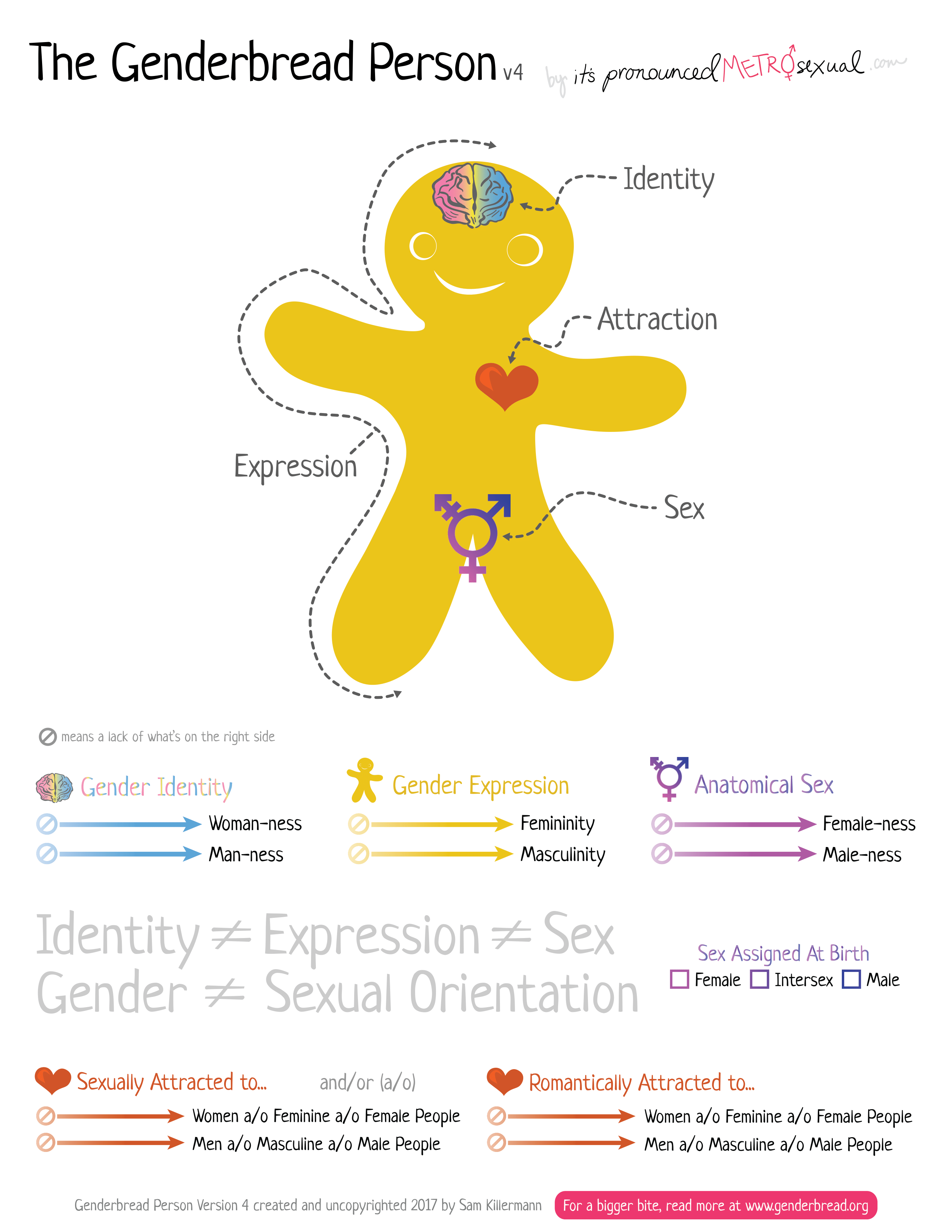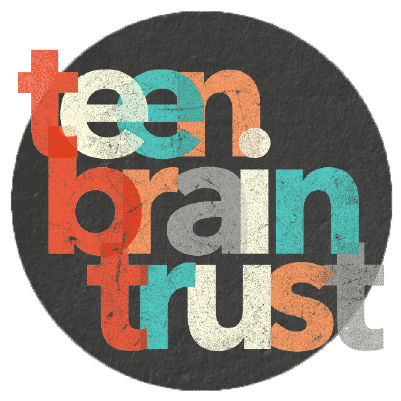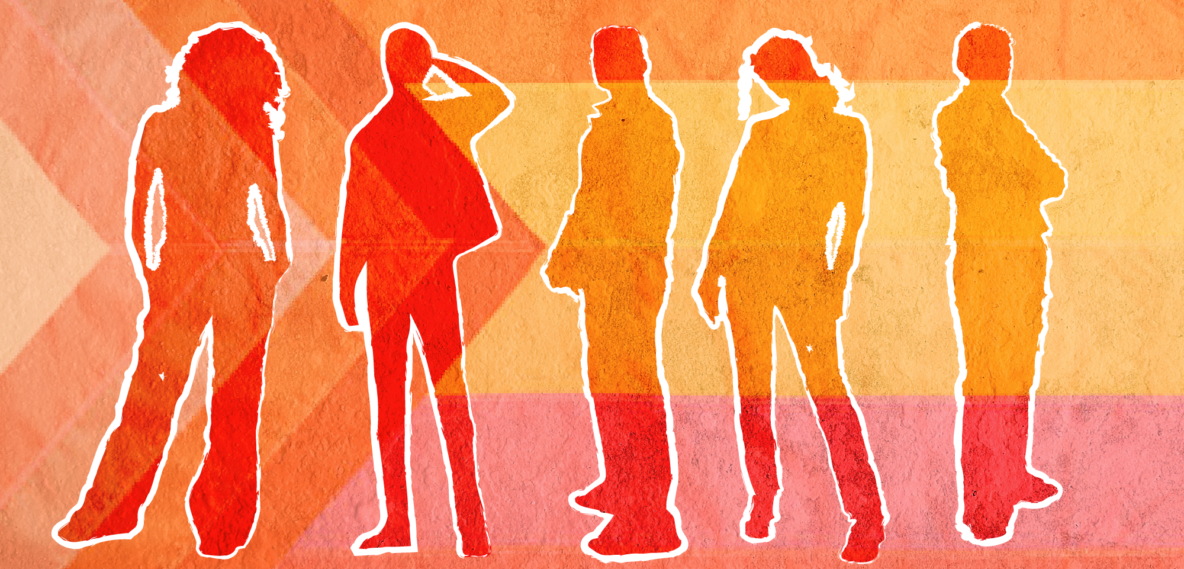Understanding Pronouns and Other LGBTQIA+ Terms for Parents
With society taking action to become more inclusive of different gender identities, orientations, and expressions comes a shift in etiquette when it comes to supporting our teens through their own journey of self-exploration. We want to be fully supportive of our teens and young adults through our actions AND the language we use.
We’ve done a deep dive into the terms and phrases it’s helpful for parents to know to not make an ass of ourselves when talking to young people about gender identity, pronouns, and other LGBTQIA+ concepts.
Click Here to Download Our LGBTQIA+ Term Cheat Sheet for Parents!
Getting into the habit of using new and unfamiliar language language is no easy feat, especially when communicating with a generation that is learning this language first-hand every day. The climate of gender and sexuality is constantly evolving and it’s hard to get it right the first time around. Nonetheless, it’s important to approach conversations about gender and sexuality with patience and a willingness to learn.
What are pronouns and why they matter
Pronouns are used to refer to someone or something that is being discussed in the third person. In the case of gender pronouns, they are used to express the gender that someone identifies with. Gendered pronouns include binary male/female pronouns like he/him/his & she/her/hers and nonbinary pronouns like they/them/theirs. Nonbinary pronouns are used to refer to people who do not identify as male or female (more on this below).
While it may feel natural to assume someone’s gender based on their gender expression, people’s gender identities do not always align with what is on the outside. Individuals may not feel their truest selves when identified as the gender that they were assigned at birth. This feeling motivates people to change their pronouns and potentially their gender expression.
Important tip: Since one’s gender identity is not always clear to others through their gender expression, taking a moment to ask what pronouns someone uses is a great way to demonstrate respect for them and affirm their chosen gender identity.
Pronoun FAQs
Pronoun Breakdown
It is important to remember that the spectrum of gender and sexuality is constantly evolving. Staying informed about these changes can be confusing! Listening, learning from others, and taking feedback in stride are all critical to strengthening awareness and acceptance.
Important: This is by all means not an exhaustive list of gender pronouns and their uses!
Masculine & Feminine Pronouns
He/him/his:
pronouns that refer to those identifying as male
- “Marc told me that he is going to Colgate next year! His siblings went there too.”
she/her/hers:
pronouns that refer to those identifying as female
- “Lisa asked me to go to the park with her this weekend. She said it's going to be nice out.”
Gender-Neutral Pronouns
they/them/theirs:
These pronouns are used to address someone in a gender-neutral way.
- Max invited me to their birthday party! I want to get them that video game we saw at the store.
In some cases, one may choose to use both gendered and non-gendered pronouns: he/they or she/they. If this is the case, you can switch up the pronouns that you use when speaking about them.
- He/they: “Marc told me that he is going to Colgate next year! Their siblings went there too.”
- She/they: “Lisa asked me to go to the park with them this weekend. She said it is going to be nice out.”
the genderbread person
The Genderbread Person (GP) is a terrific resource created for breaking the big concept of gender down into bite-sized, digestible pieces.
GP is a visual representation of gender identity, gender expression, biological sex, and sexual orientation. The graphic acknowledges the differences between each of these categories and represents each of them on a continuous spectrum.

being an ally
While we’re lucky to be around for the world’s current transition toward tolerance, there are lots of new concepts to take into consideration. The younger generations living through these changes have it easy, as far as learning the lingo is concerned. It’s easier for them to pick things up as they go along their daily lives. For us parents though, it can be challenging to keep up with it all. Despite this, we want to try our hardest to be inspirational, supportive players in our children’s lives. This means doing our best to learn and set an example that promotes open-mindedness, adaptability, and compassion.
Below, you can find a reference guide of other LGBTQIA Terms. You can also click here to download our cheat sheet. Please forward this to other parents as well who could use a little help!
LGBTQIA+ BROKEN DOWN
Lesbian: refers to a woman/woman-identifying person who is attracted to those also identifying as a woman
Gay: refers to a man/man-identifying person who is attracted to those also identifying as a man
Bisexual: refers to one’s attraction toward more than one gender
Transgender: individuals whose gender identity does not align with the sex/gender that they were assigned at birth
Queer/Questioning: Queer can be used as an umbrella term for those that do not identify as cisgender or heterosexual. The term questioning refers to those that are exploring their identities and may fall anywhere within the LGBTQIA+ acronym.
Intersex: refers to those whose physical characteristics do not align with the typical definitions of male or female.
Asexual: an absence of sexual attraction/desire towards others
+: denotes the several other sexual identities that are not directly referenced in the acronym, as well as the growing diversity of sexualities that people identify with.
bonus lexicon of useful terms
Cisgender: individual whose sex at birth aligns with their gender identity
Dead-naming: using a person’s name that was given to them at birth that they no longer use; dead-naming someone invalidates their gender identity and should not be done
Gender fluid: refers to a feeling of one’s gender identity or expression constantly changing and moving along the gender spectrum
Gender binary: a construct of gender classification that categorizes gender into either male or female
Genderqueer: refers to someone whose gender identity does not fall within the gender binary, can identify with neither, both, or a combination of conventional gender distinctions
Heteronormative: the assumption that heterosexuality is the normal, preferred, and superior sexual orientation
Misgender: the act of attributing a person to a gender that they do not identify as; can include using incorrect pronouns and dead-naming the individual
Microaggressions: communication of hostile, derogatory, or harmful implications of an identity through intentional or unintentional verbal, behavioral, or environmental indignities
Pansexual: romantic, emotional, or sexual attraction to people, regardless of their genders
Othering: the process of perceiving or portraying someone or something as fundamentally different
Outing: disclosing information about another’s sexual orientation or gender identity without their knowledge and/or consent
Pride: a sense of confidence, self-respect, and solidarity with and for the LGBTQIA+ community
Polyamorous: refers to a romantic, physical, and/or sexual attraction to multiple individuals
QTPOC: acronym for Queer and Trans People of Color
Transition: the process of taking steps to live one’s true gender identity, which may include changing their appearance to align with their internal gender identity
Transphobia: the fear of, discrimination against, hatred of, or discomfort with people who identify under the trans umbrella
TERF: acronym for trans-exclusionary radical feminist, refers to a feminist that excludes the rights and acknowledgment of transgender women from their advocacy of women’s rights
words to avoid
You may have used these words in the past, but they are no longer acceptable to use. Here’s a heads-up to be mindful and refrain from using them and avoid causing offense!
Tranny
Transvestite
Hermaphrodite
She-male/It
“That’s so gay” as a derogatory expression
Transgenderism


